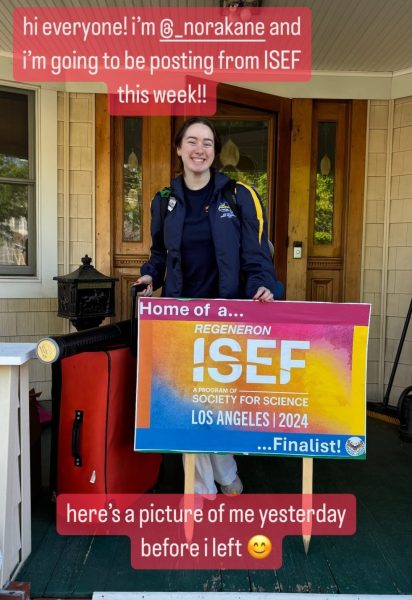Love in the Lab
Research students at Cold Spring Harbor’s DNA learning center in Brooklyn (Photo courtesy of LHS Newsletter)
This past Valentine’s Day, sophomore and senior science research students celebrated their love for science at Cold Spring Harbor’s DNA learning center in Brooklyn. The students arrived to school at 7:30 a.m., and after a minor delay, the bus finally arrived at the high school, and the students departed for their journey into Brooklyn. An hour and a half later, the students arrived at the learning center and took an elevator ride up to the third floor, where they were greeted. They then headed into the laboratory, hung up their belongings, and were ready to learn.
The students had previously collected a variety of samples of lichen, barnacles, leaves, mussels, and fungi. The process for all the various samples was similar except that different samples used different primers, which nucleic acids used for DNA synthesis. First, the students took small circular amounts of their sample and put them into microcentrifuge tubes to be grinded up for deoxyribonucleic acid (DNA) extraction. Following the extraction, the DNA was purified, and the polymerase chain reaction (PCR) was performed. PCR amplifies, or copies, small segments of DNA. The workshop gave students the opportunity to improve their micropipetting skills by working with professional micropipettes from Eppendorf (a laboratory products company) and setting them to the right numerical values, performing PCR, and casting and running a gel.
At the lunch break, students and teachers devoured pork and cabbage dumplings made by sophomore researcher Simon Yu then visited the learning center’s museum to see Ötzi the iceman. Then, the groups took a motley of pictures that were to be used as team pictures for future competitions. After lunch, the students poured gels and piped in the wells to run gel electrophoresis, a process that separates DNA into fragments or bands based on size.
Living Environment and Marine Biology teacher Stoycho Velkovsky, who attended the trip, recalls, “This workshop was a review of a weeklong workshop I did over the summer, so there wasn’t too much new for me, but I did learn that the PCR protocol for fungi is much longer than the one for plants or animals. Overall, I think it was a good experience, where you had the time to do some protocols all the way through in a way that is hard to do in a 40-minute class period.” Throughout the course of the day, the teachers monitored the students and provided help with their DNA extractions and PCR. The day ended with learning a little about how to use the website DNA Subway (DNASubway.CYVerse.org) to identify the species with the DNA sequence. “It was a little unfortunate that we ran out of time to work through the data analysis on DNA subway. I would have liked for the students to have more time getting to actually try making their own phylogenetic trees using the sample DNA sequence data,” Velkovsky explained. Ultimately, both the sophomore and senior researchers, as well as the teachers, found the day fun, exciting, and educational.
Sophomore researcher Gabriella Ramirez said, “I enjoyed the trip. We did DNA barcoding, and I learned how to use DNA subway.” Yu conveyed, “The experience was an amazing one. The trip was an entertaining and educational experience that illustrated the powers of DNA barcoding. The trip taught me a lot and clarified any of the confusions I previously had with DNA barcoding.” Everyone left the lab with new knowledge about DNA barcoding. This trip helped expose teachers to new resources for the students and will aid sophomore researchers with their DNA barcoding projects, which they will be submitting to Cold Spring Harbor in the upcoming months.
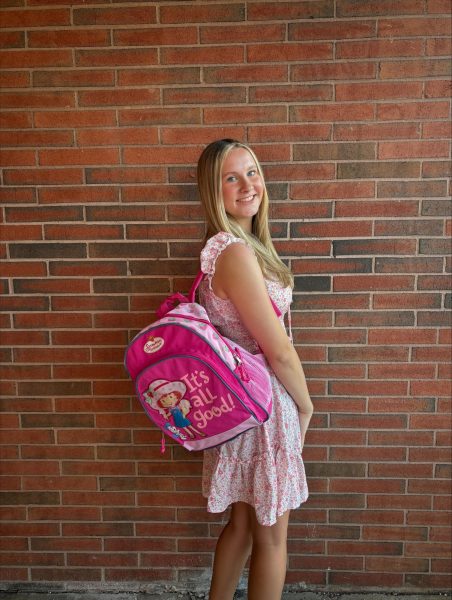
Hi, my name is Katy Gottlieb, and I am a member of the Class of 2025. I currently serve as Online Editor-in-Chief and was an A&E section editor the...

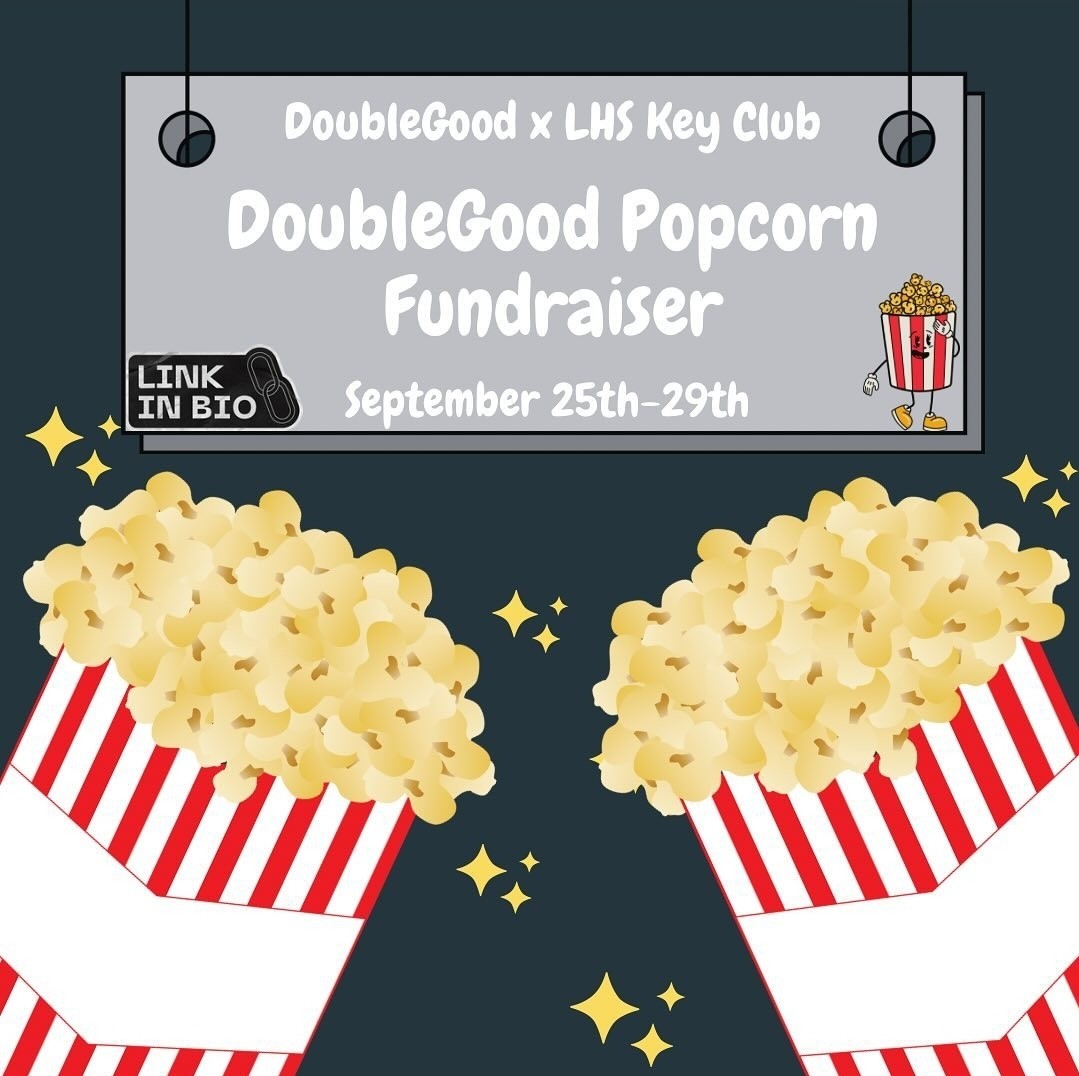


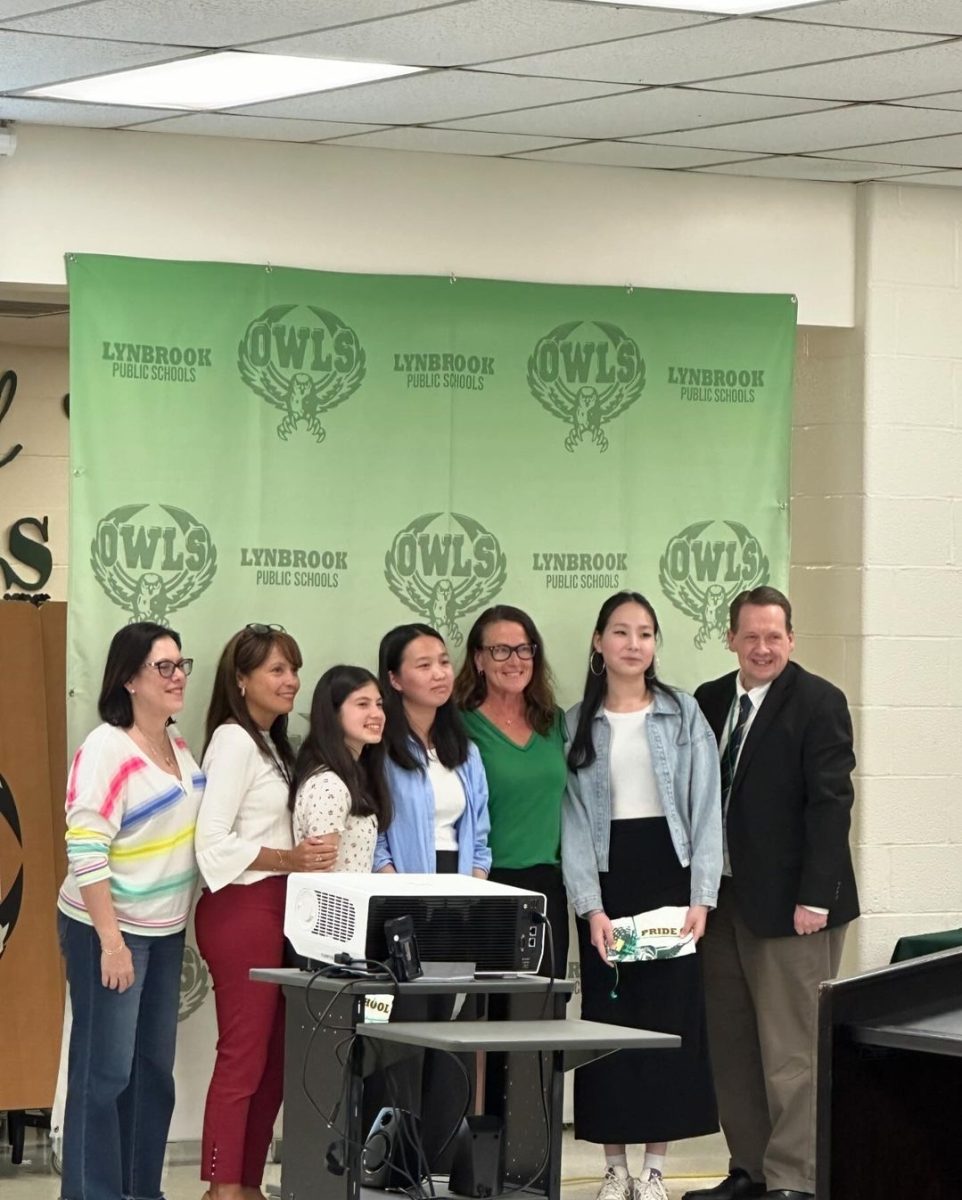
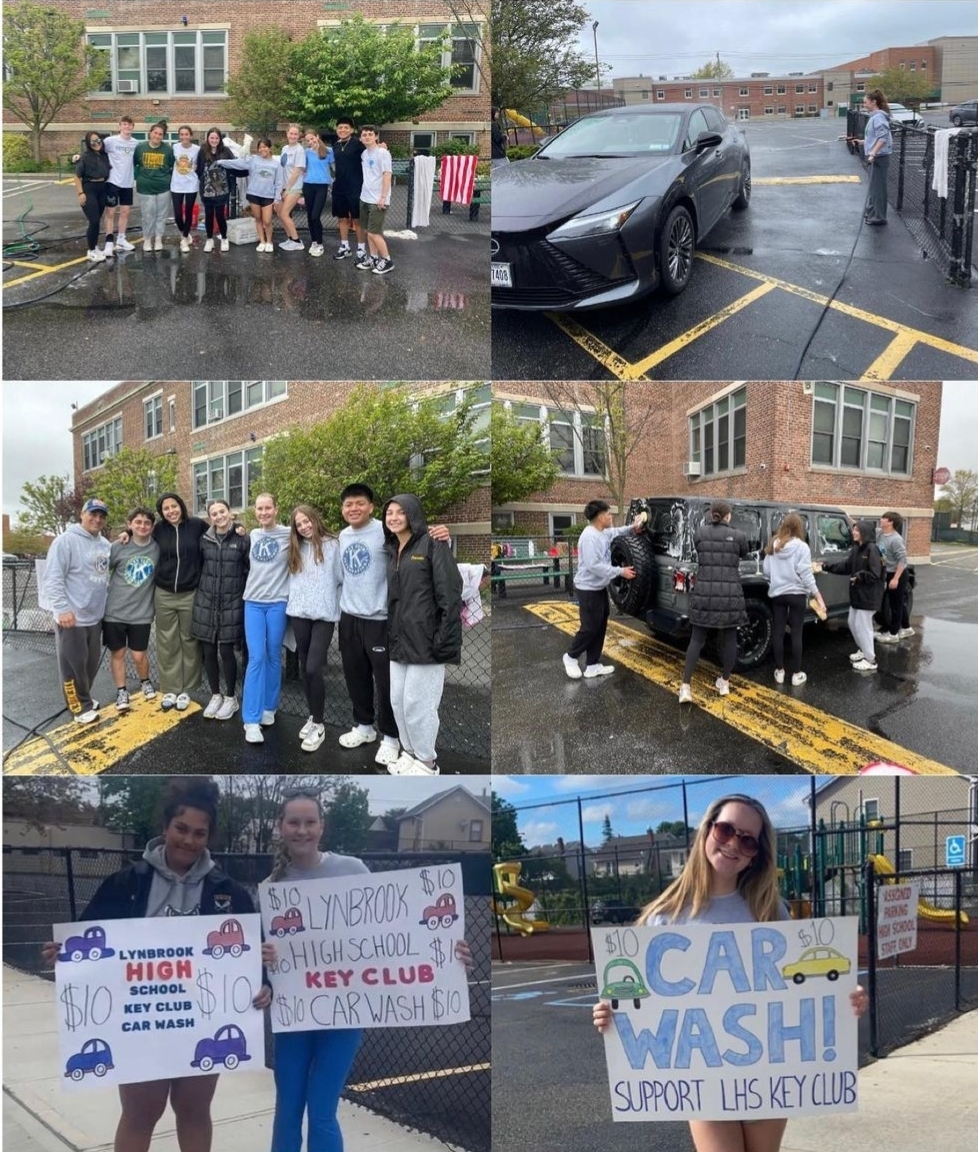
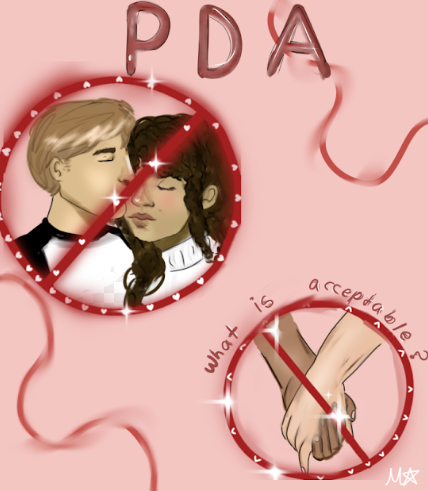
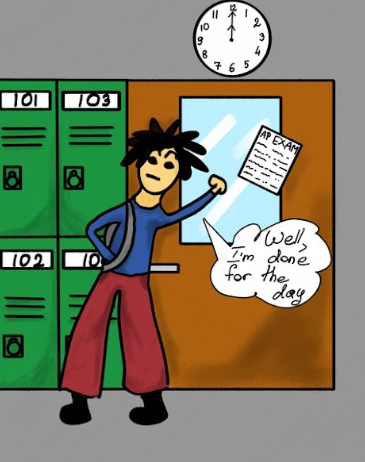
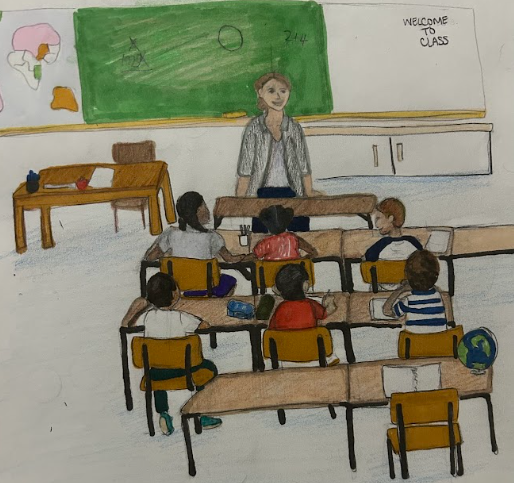
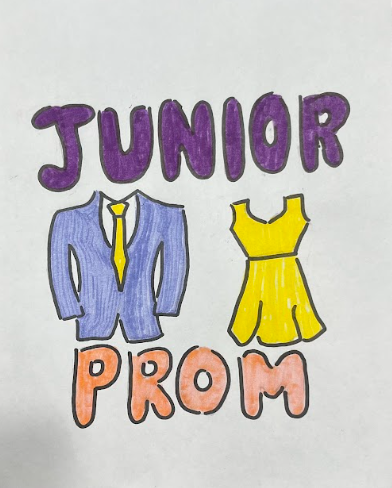
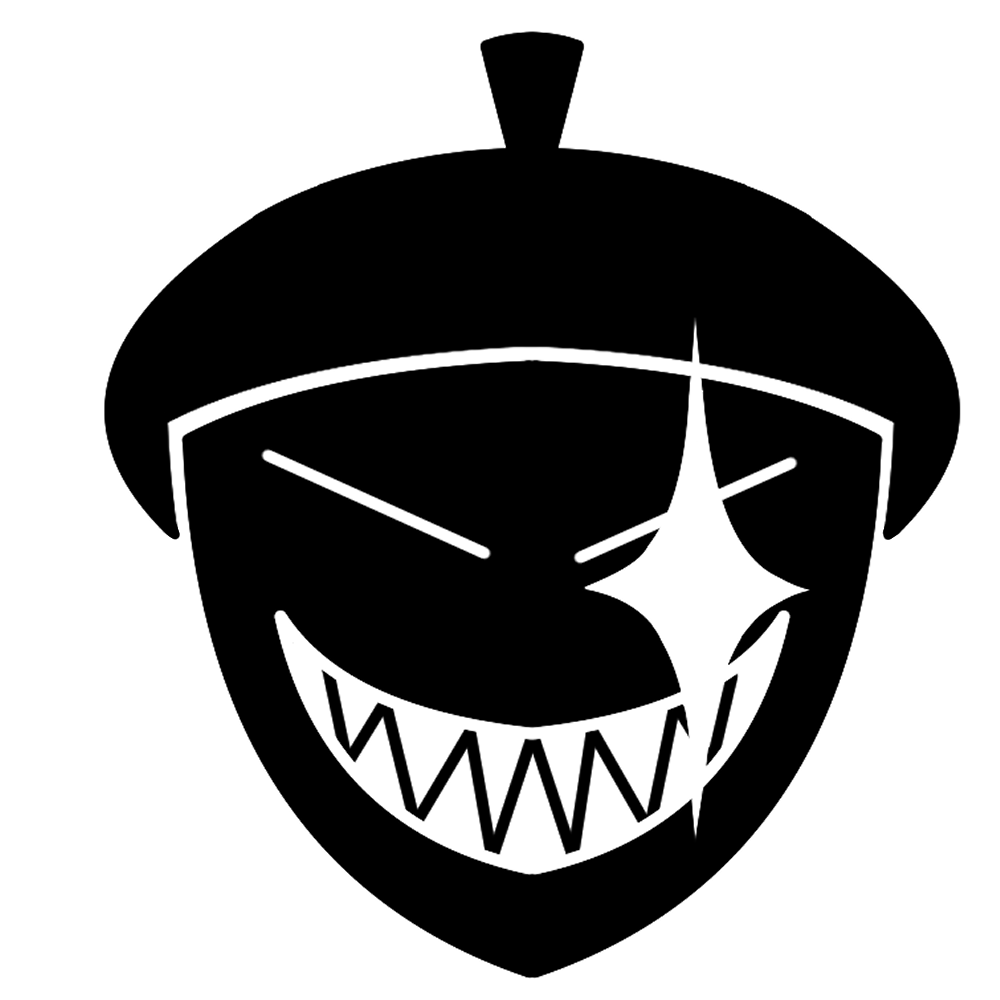
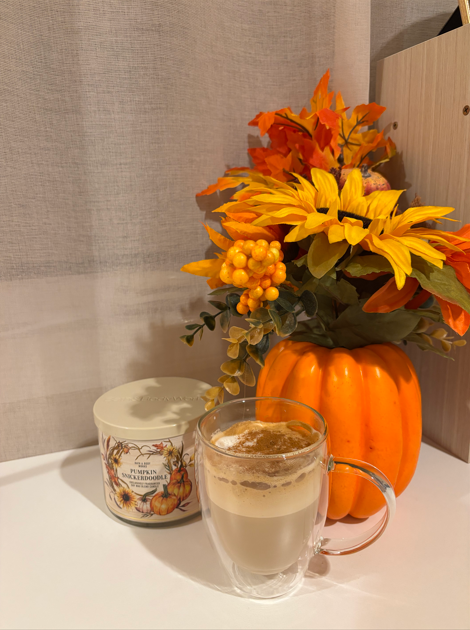

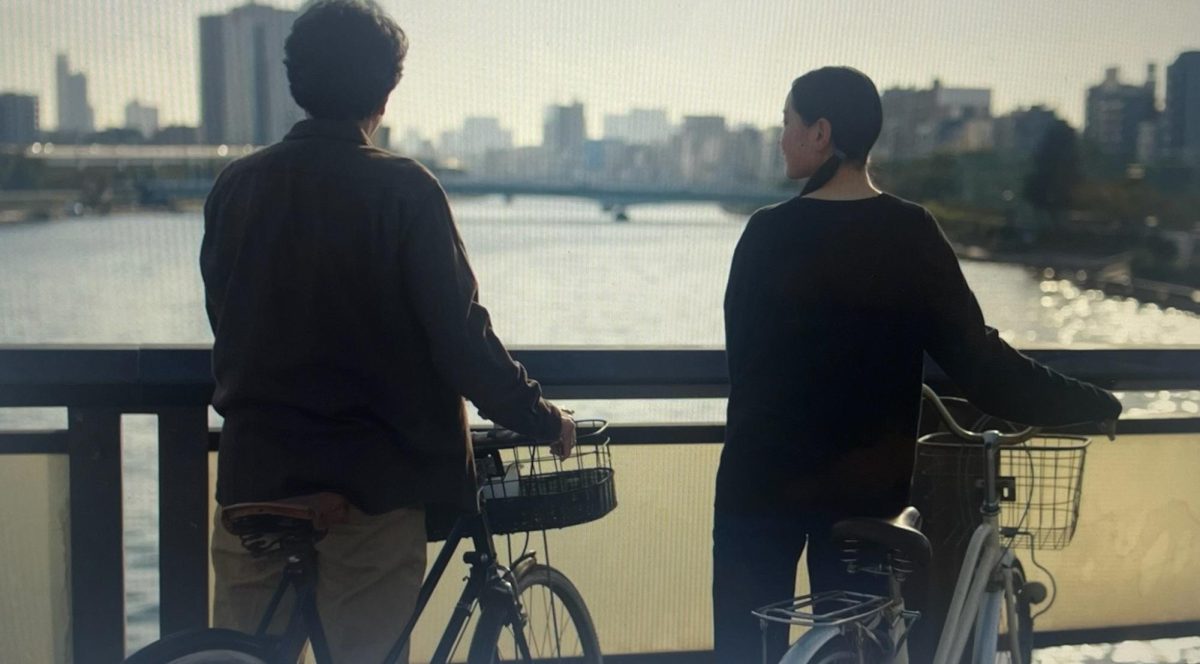
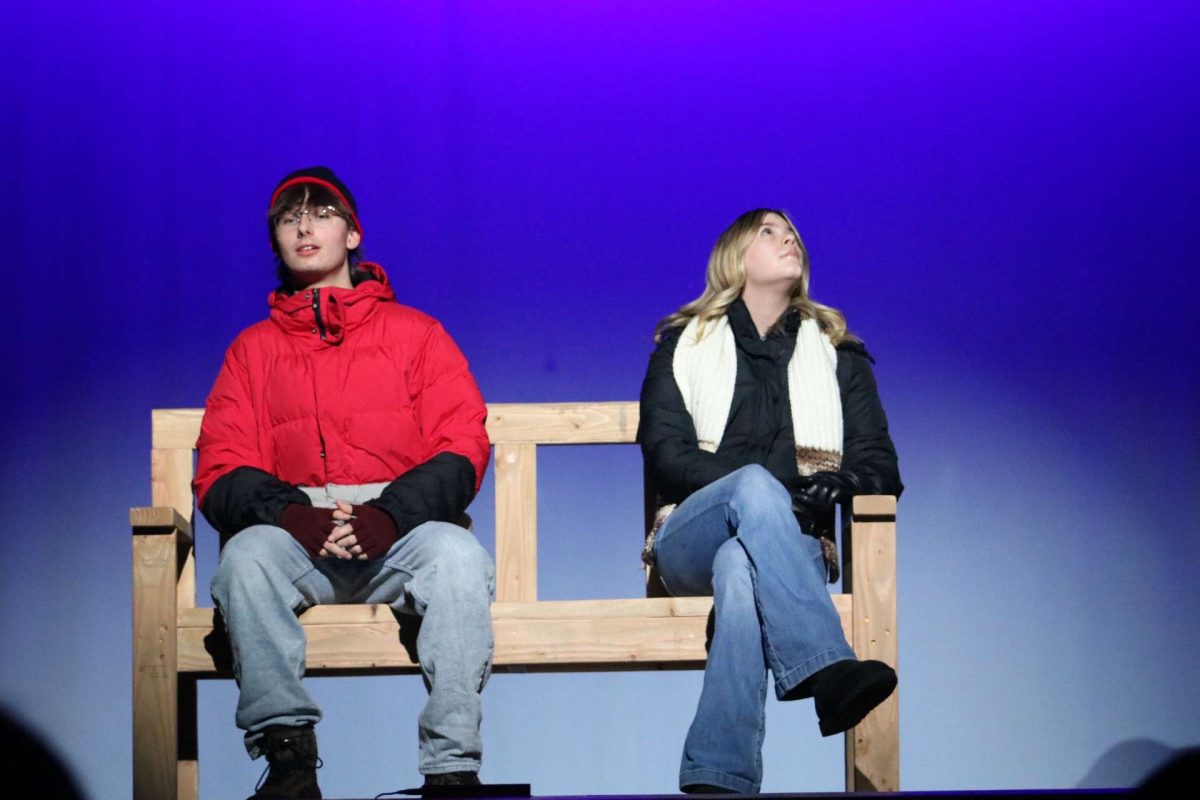
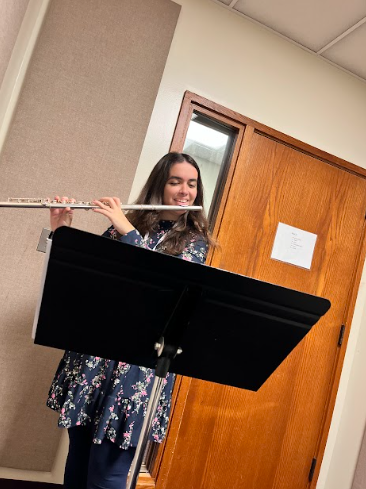
![Key Club members pose for a photo with Club Advisor Dr. Tieniber [far right] at Stonebridge Country Club. Photo Courtesy of @lhstieiber Instagram page.](https://lhshorizon.com/wp-content/uploads/2024/10/tempFileForShare_20241014-162748.jpg)

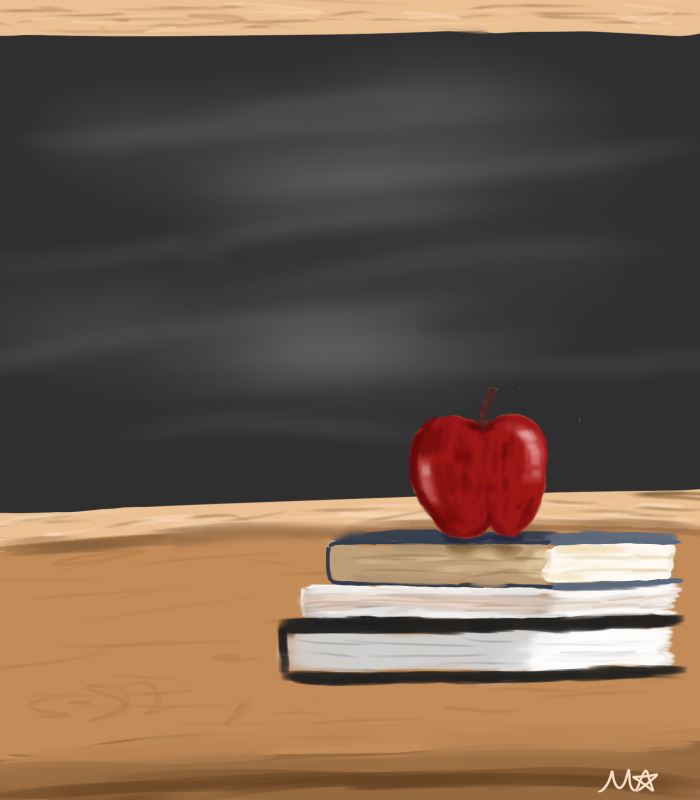
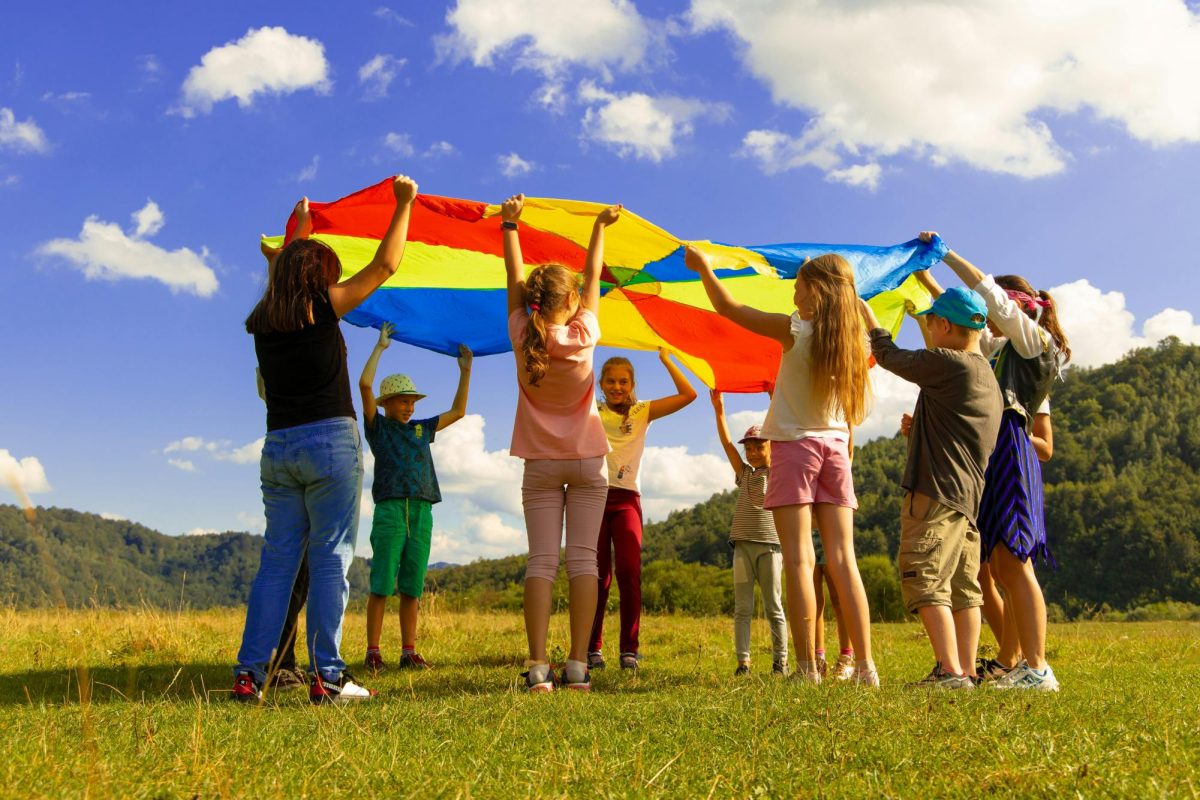
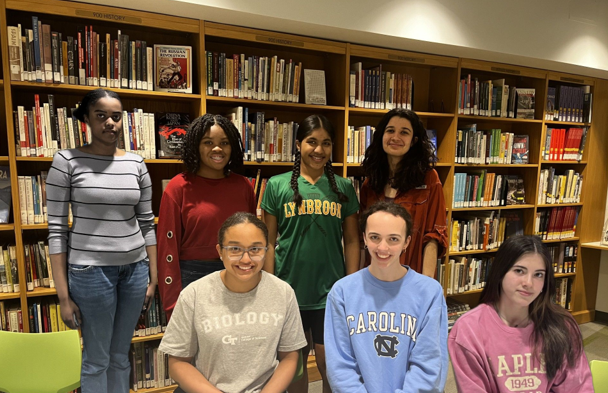
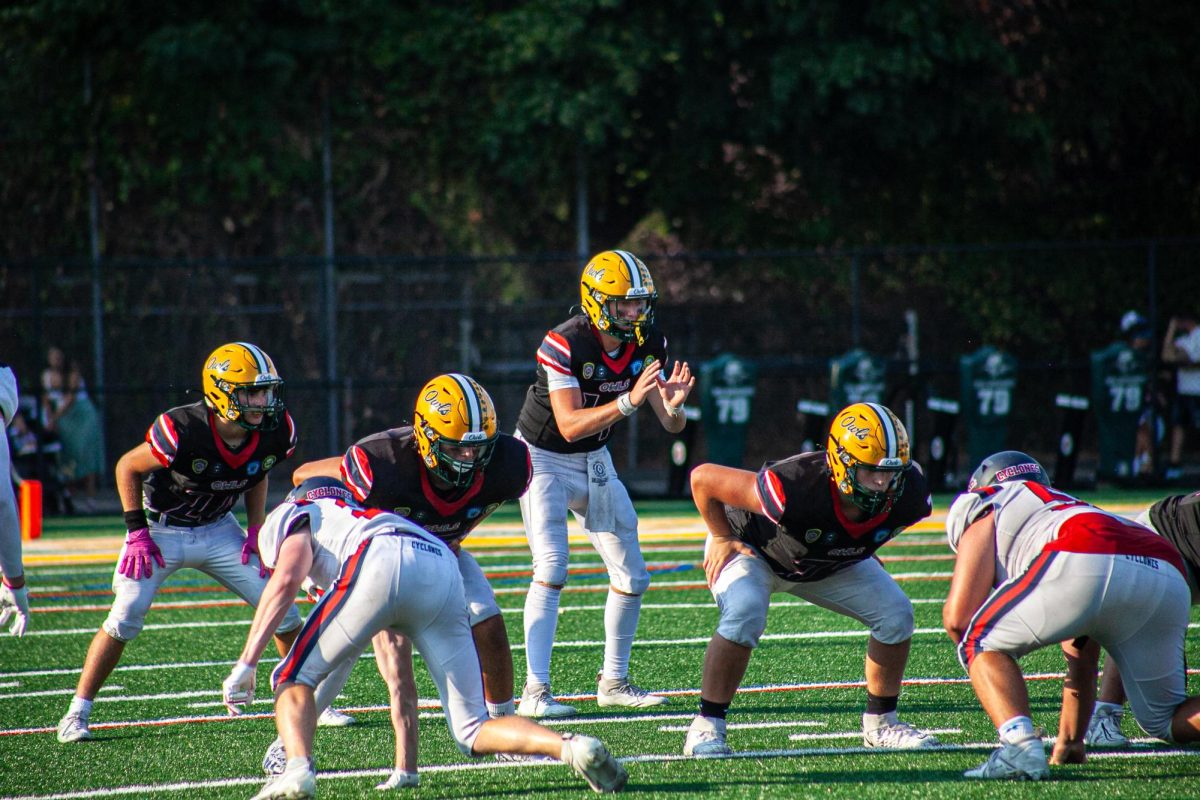
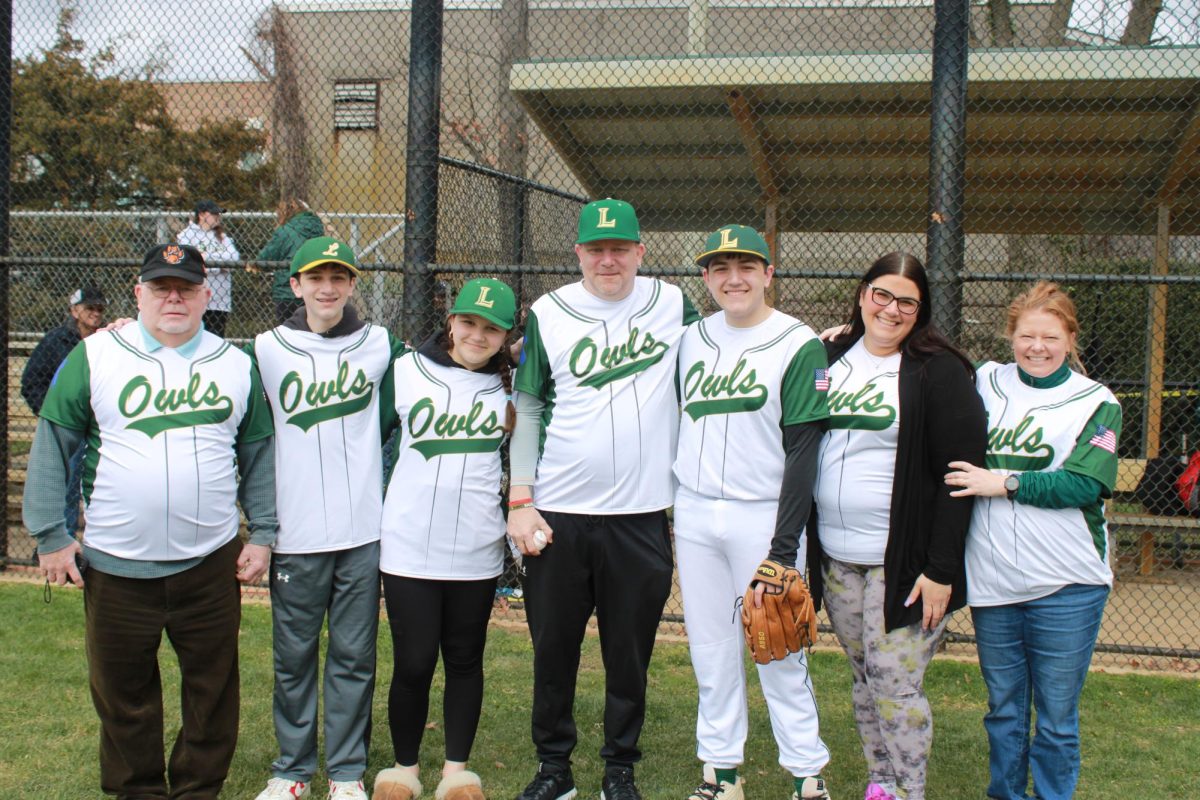
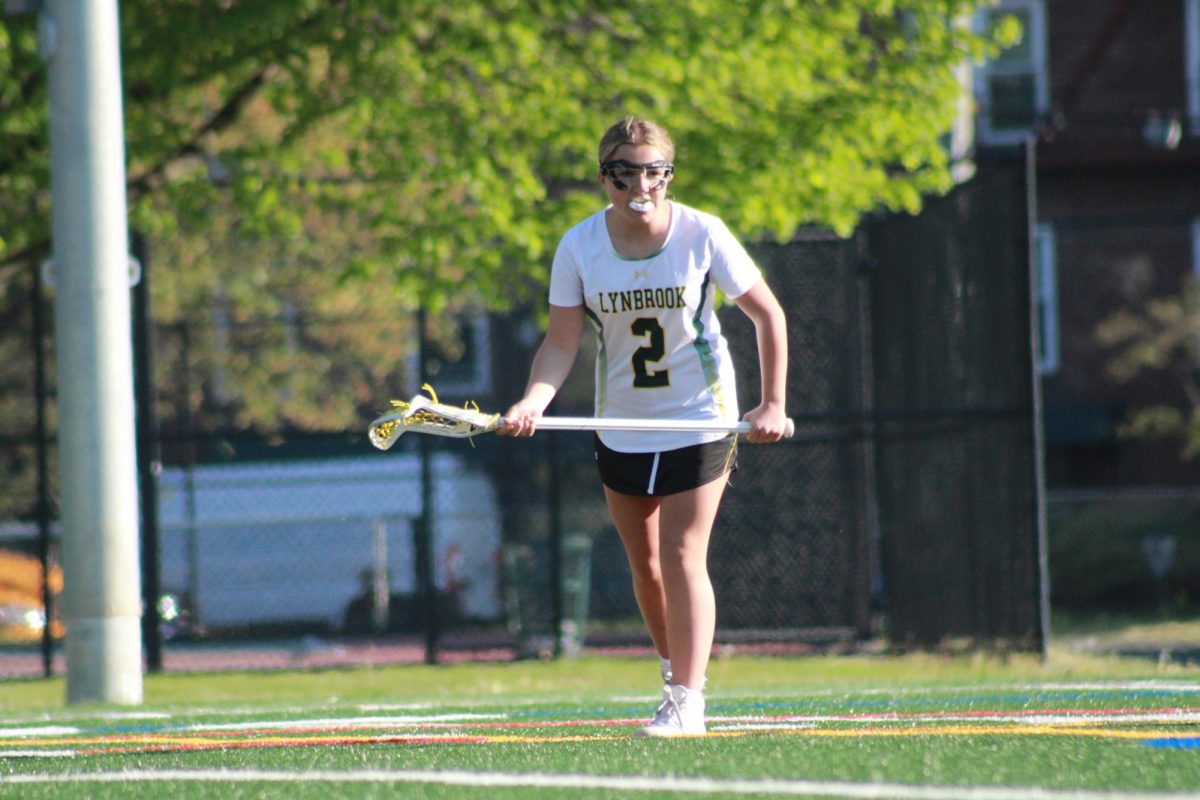
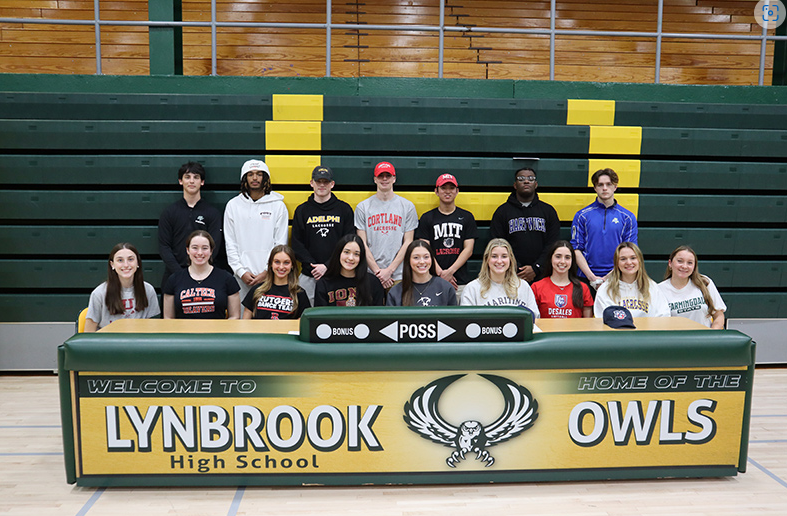
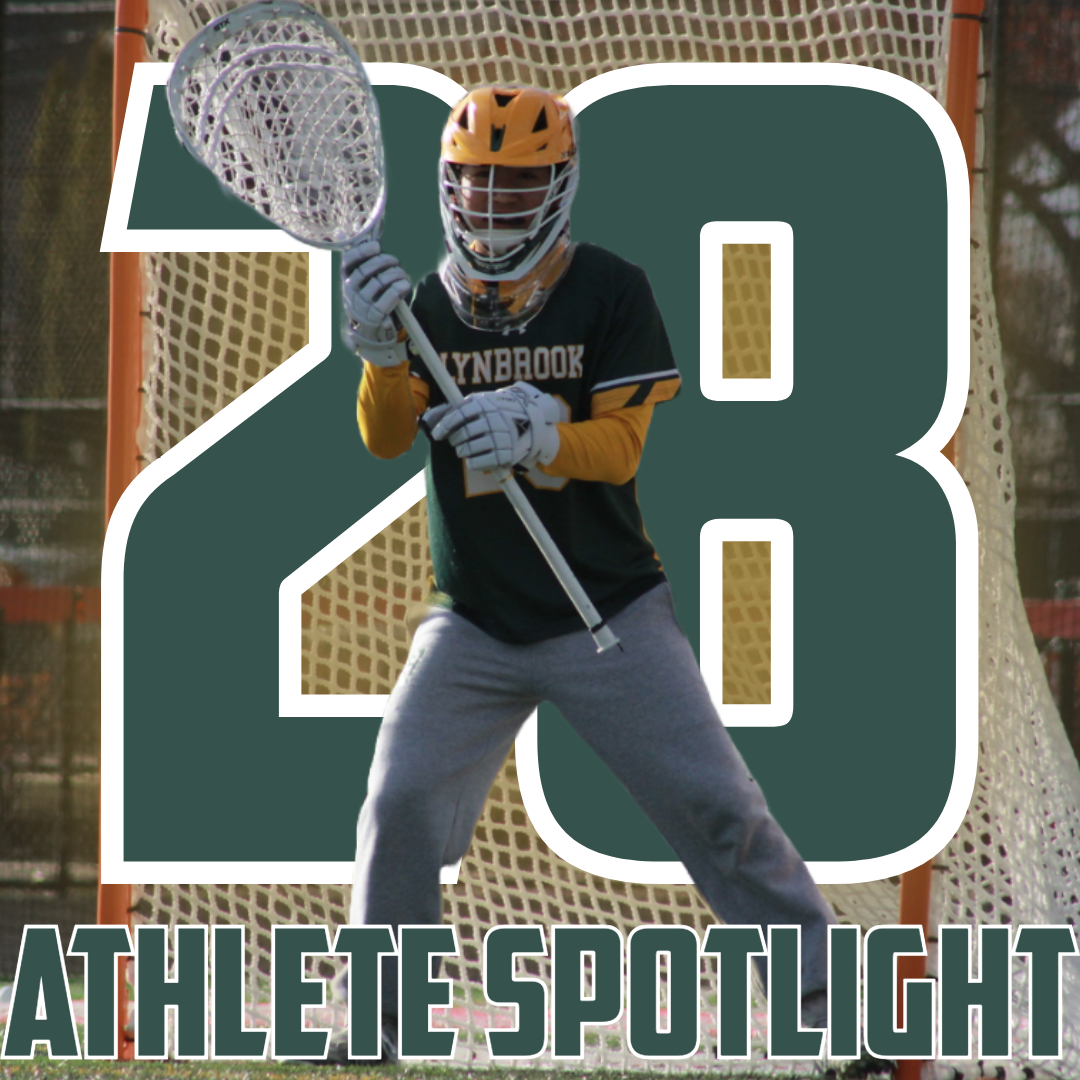
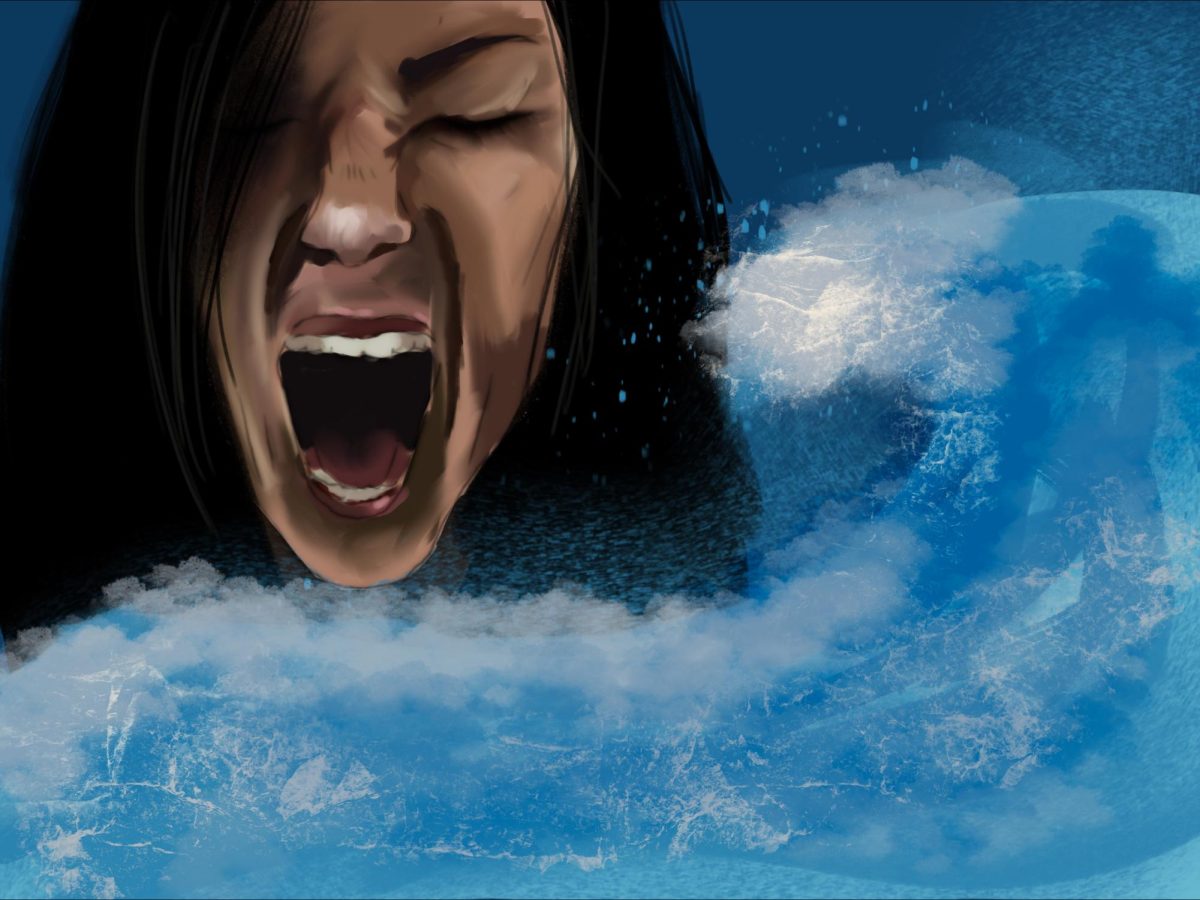




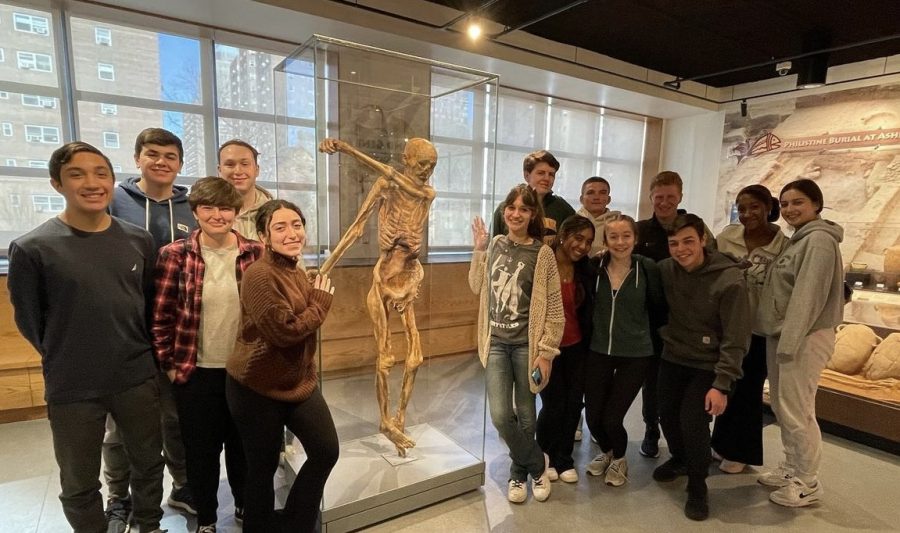
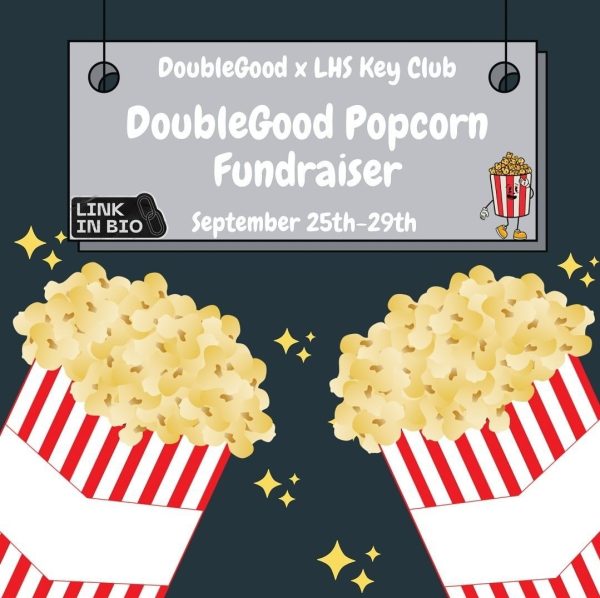
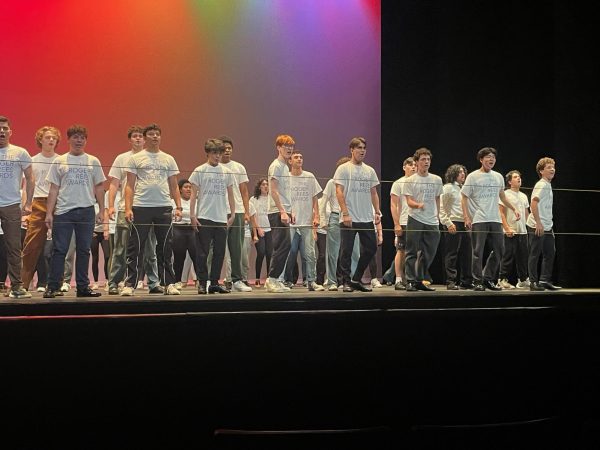
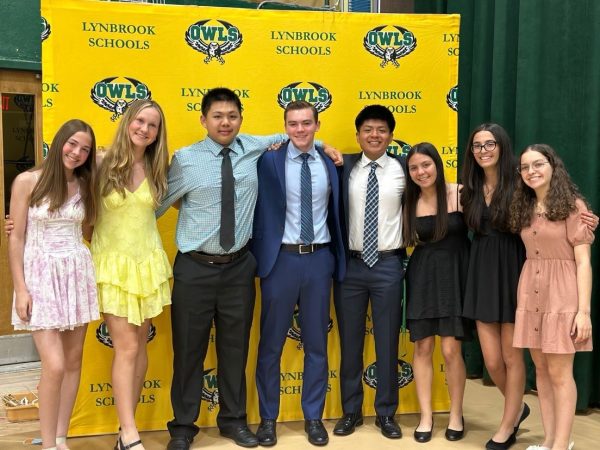
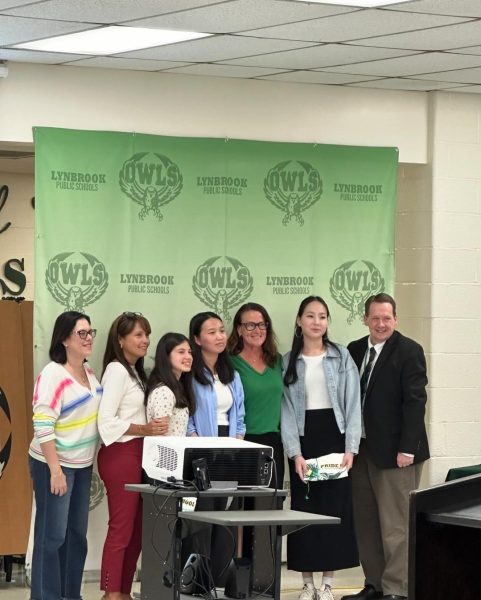
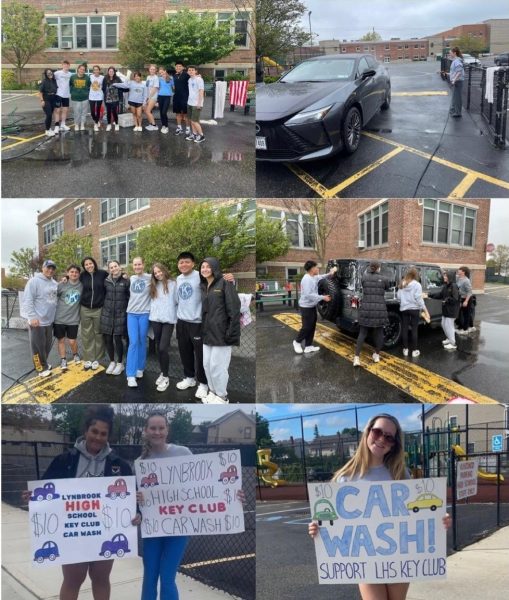
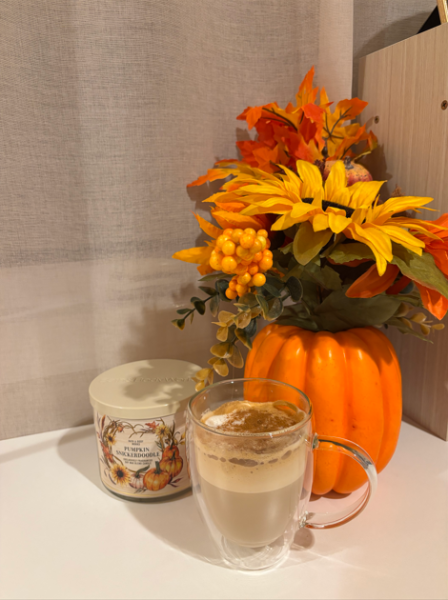

![Key Club members pose for a photo with Club Advisor Dr. Tieniber [far right] at Stonebridge Country Club. Photo Courtesy of @lhstieiber Instagram page.](https://lhshorizon.com/wp-content/uploads/2024/10/tempFileForShare_20241014-162748-600x448.jpg)
